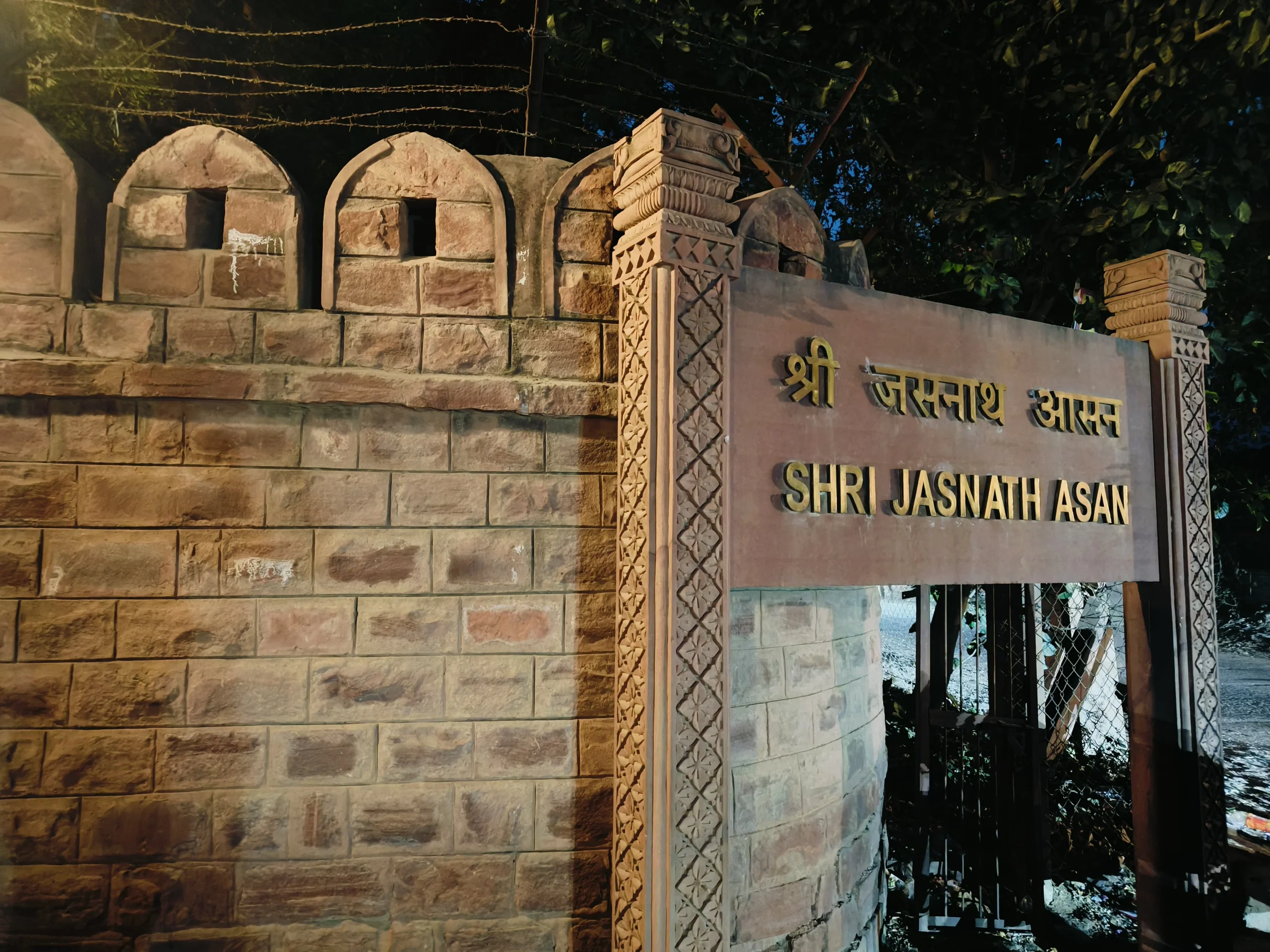Where Fire Heals, Not Hurts: The Living Flame of Jasnathi Tradition
Related Articles
‘Stop persecution of minorities,’ India sends a strong message to Bangladesh after five Hindus killed in a month
India has sent a strong message to the administration of Muhammad Yunus regarding the unchecked violence against minorities in Bangladesh. In the last month...
No trust in Suvendu-Shamik? Bengal BJP’s reigns will be in the hands of Modi-Shah, JP Nadda gives clear message in Kolkata meeting
Bengal BJP leaders Suvendu Adhikari and Shamik Bhattacharya be at the driving seat of the car. However, the engine of the car will be...
NH-544G पर भारत का ऐतिहासिक कीर्तिमान: NHAI ने 24 घंटे में बनाए दो गिनीज वर्ल्ड रिकॉर्ड !
आंध्र प्रदेश के पुट्टापर्थी के पास बेंगलुरु- कडपा- विजयवाड़ा इकोनॉमिक कॉरिडोर पर 24 घंटे में 28.95 लेन-किलोमीटर बिटुमिनस कंक्रीट बिछाने और 10,675 मीट्रिक टन...


